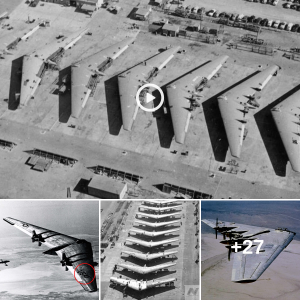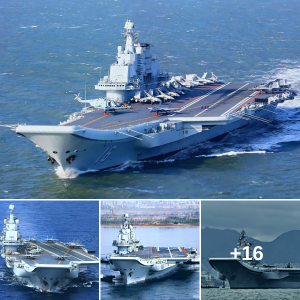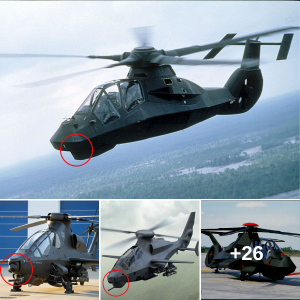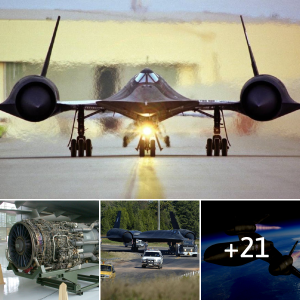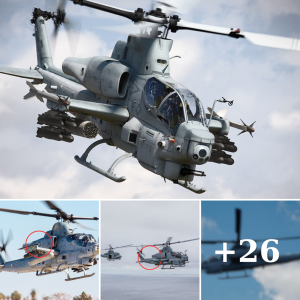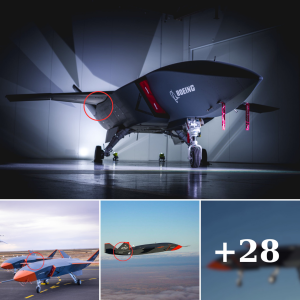MOSCOW ($1=58.93 Russian Rubles) — Patrolling in the Pacific Ocean is carried out by warships of the Naval Forces of Russia [Navy] and the Naval Forces of the People’s Liberation Army of China [PLA]. The staff of the job was shared by the Russian Ministry of Defense on September 23.

Sailors from both sides practiced maneuvering in different formations and organizing communication between the ships of the group. In addition, several joint and separate exercises were held, during which anti-submarine warfare tasks were solved, sea search and rescue problems were perfected, air defense of the units was organized, and anti-submarine ship and search and rescue helicopter flights were carried out.
The patrol’s tasks include strengthening naval cooperation between the two countries, maintaining peace and stability in the Asia-Pacific region, monitoring the maritime zone, as well as protecting the objects of maritime economic activity of the Russian Federation and China.
In 12 days, the detachments of both countries covered more than 3,000 nautical miles, despite severe weather conditions. The Russian ships on the sea transition carried out several loadings of water and fuel from the medium sea tanker Pechenga.

On September 3, warships of the Russian Navy and the Chinese Navy conducted artillery fire at surface targets in the Sea of Japan as part of the Vostok-2022 exercises. Also on that day, the participants in the Strategic Command and Staff Exercise [SCA] jointly practiced tactical maneuvers at sea and conducted ship-to-ship communication training.
In turn, on September 22, the Chief of Staff of the Iranian Armed Forces, Mohammad Bagheri, said that Iran, Russia, and China will hold joint naval exercises this fall. It was noted that Pakistan, Oman, and a number of other countries are also likely to take part in these events.
Russia and China, in the course of strategic security consultations held in the People’s Republic of China on September 19, agreed to further cooperation through their defense ministries with an emphasis on conducting joint exercises. The countries also expressed concern over the escalation of tensions by the United States in the Asia-Pacific region, including in the Taiwan region.
